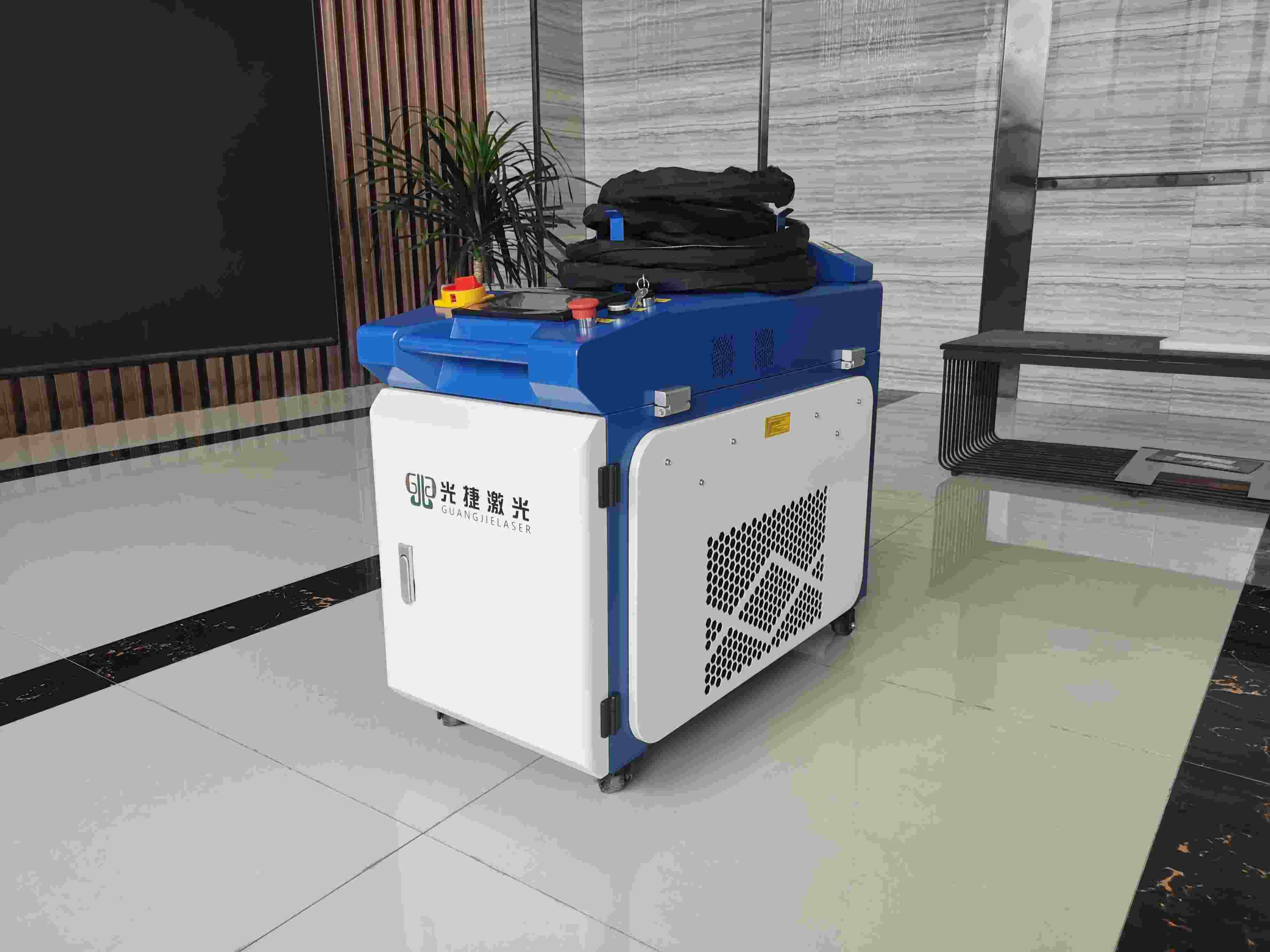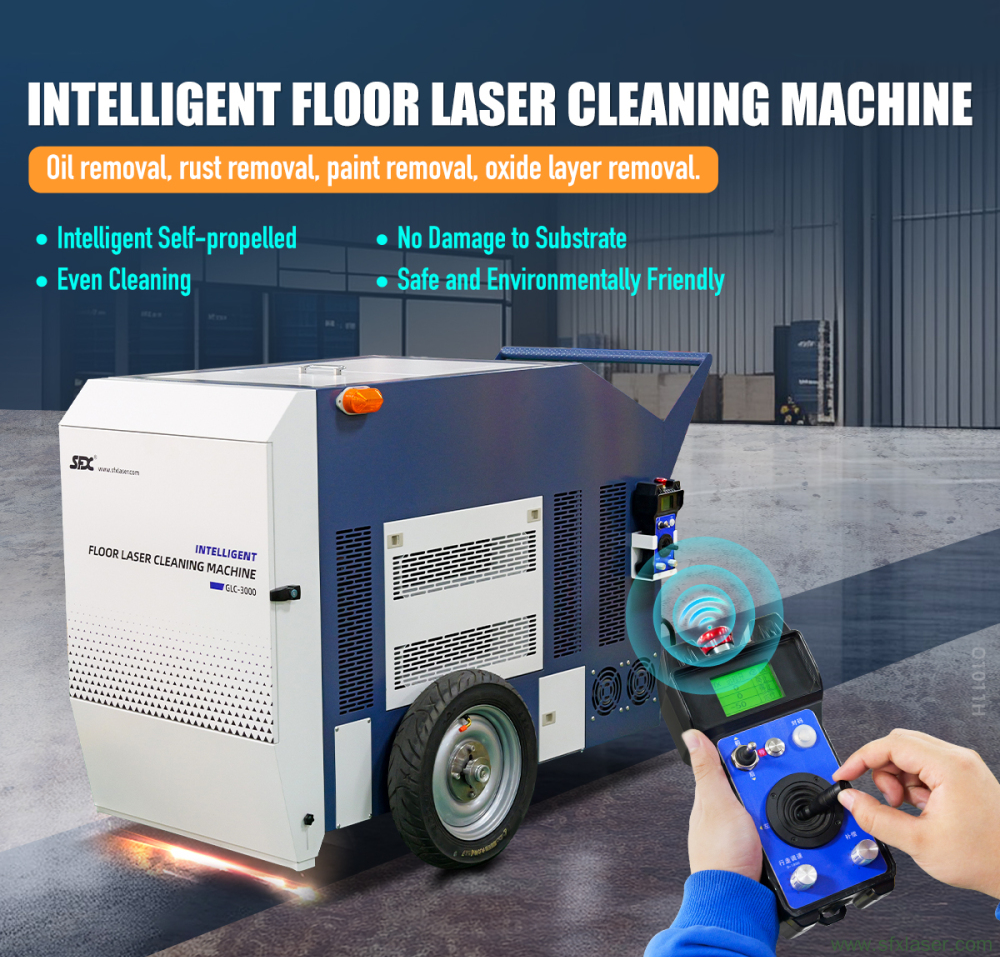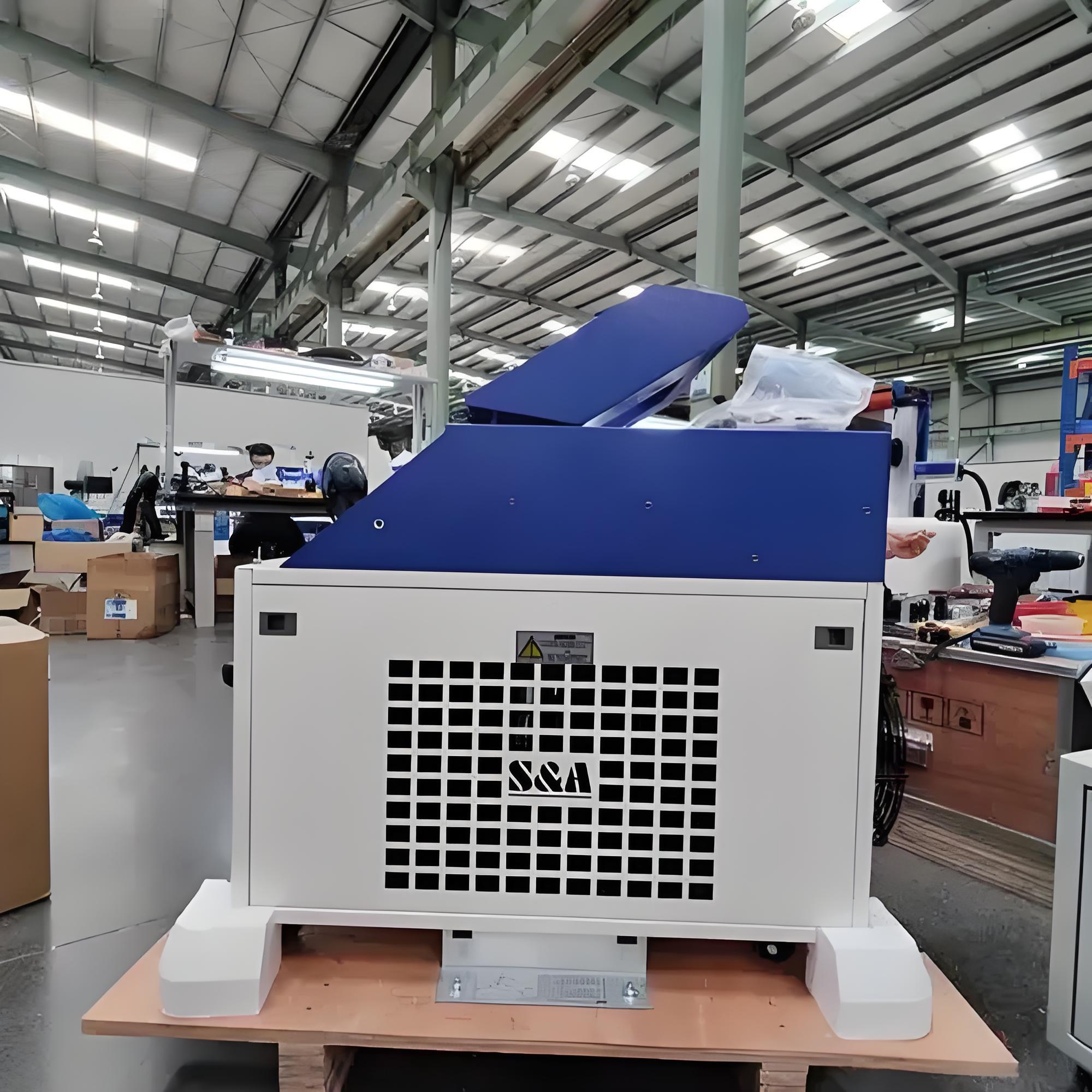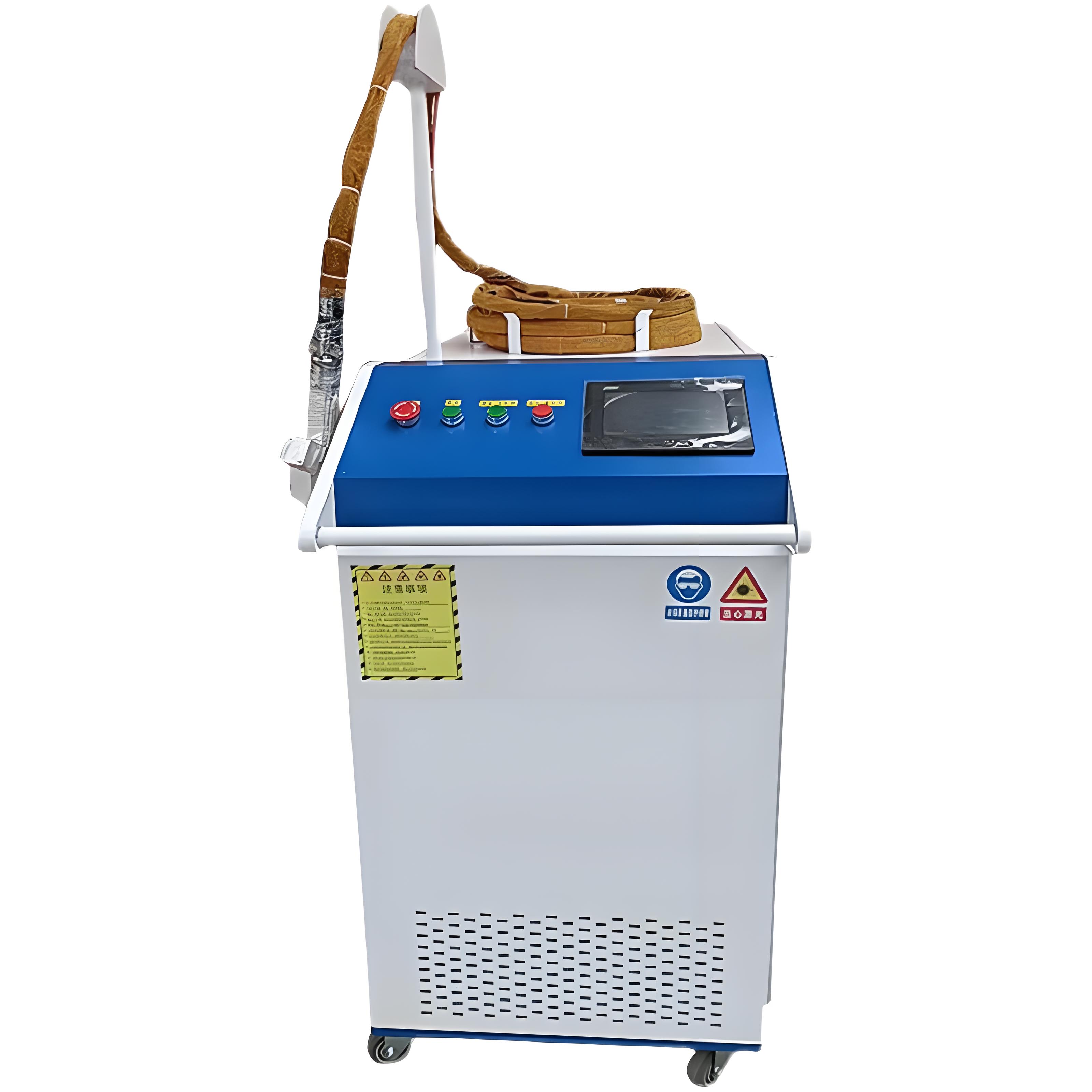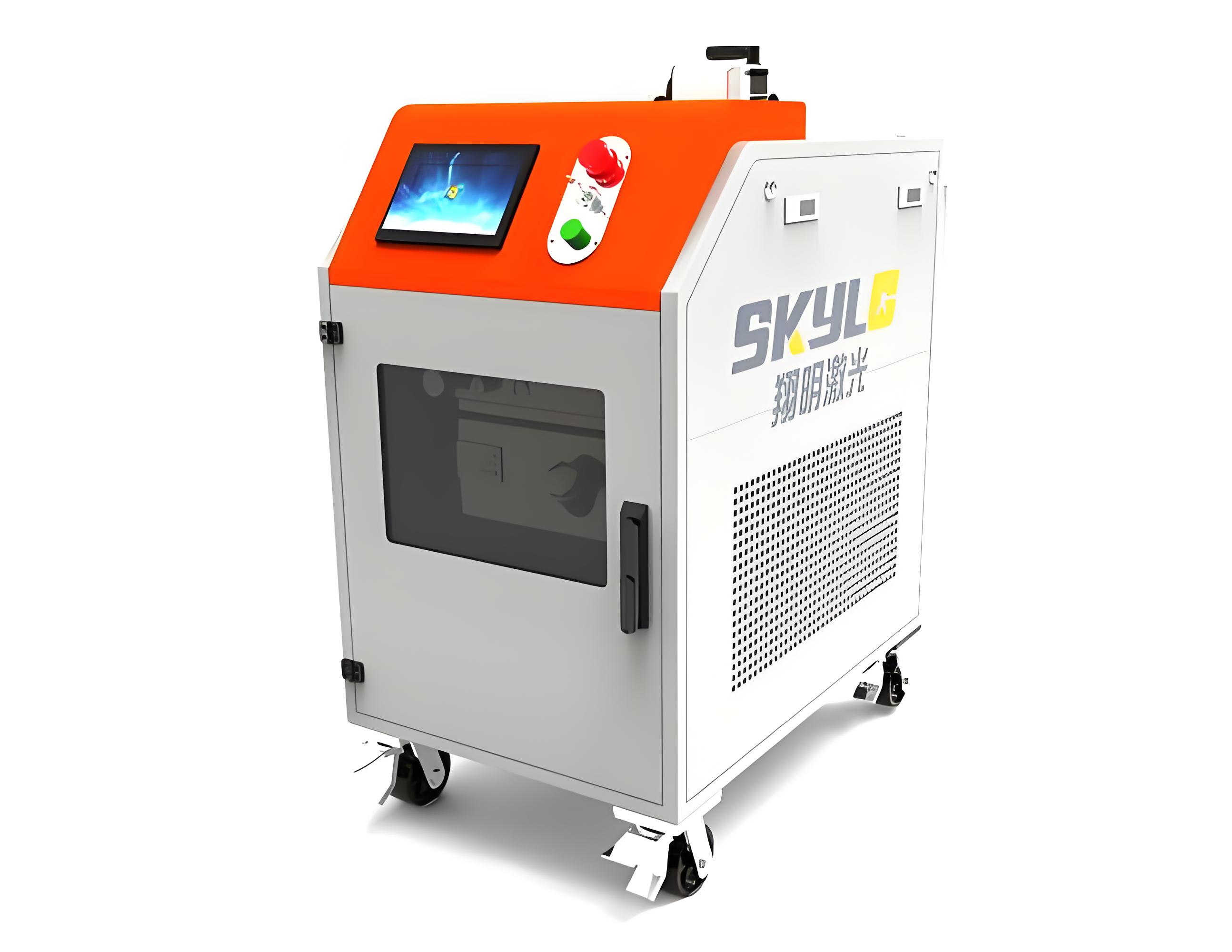Having spent years working with metal surface treatments, I’ve seen firsthand how rust can wreak havoc on everything from industrial machinery to cherished heirlooms. When rust appears, the question isn’t just how to remove it, but how to do so effectively, safely, and sustainably. These days, laser rust removal is generating a lot of buzz as a cutting-edge solution, but is it truly better than tried-and-true traditional methods like sandblasting, chemical cleaning, or mechanical grinding? I’ve been asked this question countless times, and my answer always comes from real-world experience: it depends, but in many cases, laser rust removal is a game-changer. Let’s dive into a detailed comparison to help you decide which method suits your needs best.
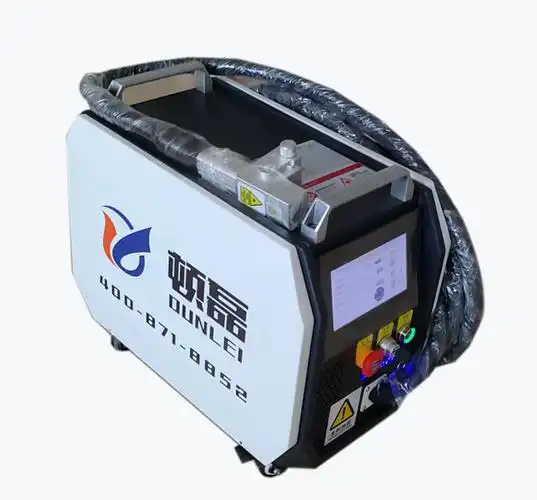
Understanding Rust Removal: Why It Matters
Rust isn’t just an eyesore—it’s a silent destroyer that compromises structural integrity, reduces equipment lifespan, and can ruin the value of metal objects. Whether you’re maintaining a factory’s equipment, restoring a vintage car, or preserving a historic artifact, choosing the right rust removal method is critical. Traditional methods have been around for decades, but laser rust removal has emerged as a high-tech alternative, promising precision and eco-friendliness. To figure out which is better, I’ll compare laser rust removal with traditional approaches across key factors like efficiency, cost, environmental impact, and applicability, drawing on my own projects to illustrate the differences.
How Laser Rust Removal Works
Before we compare, let’s clarify how laser rust removal operates. A laser rust removal machine directs a high-energy laser beam onto a metal surface, where the energy instantly vaporizes or dislodges rust, oxide layers, or contaminants. The process is non-contact, meaning the laser doesn’t physically touch the metal, reducing the risk of surface damage. I first encountered this technology during a project to clean rust off delicate aerospace components. The precision was astonishing—rust vanished without affecting the underlying material, and the process took minutes, not hours.
Traditional methods, on the other hand, rely on physical or chemical processes:
Sandblasting: Uses abrasive materials (like sand or glass beads) propelled at high speed to scrape off rust.
Chemical Cleaning: Involves applying acidic or alkaline solutions to dissolve rust.
Mechanical Grinding: Uses tools like wire brushes or grinders to physically remove rust.
Each method has its strengths, but also its drawbacks. Let’s break it down.
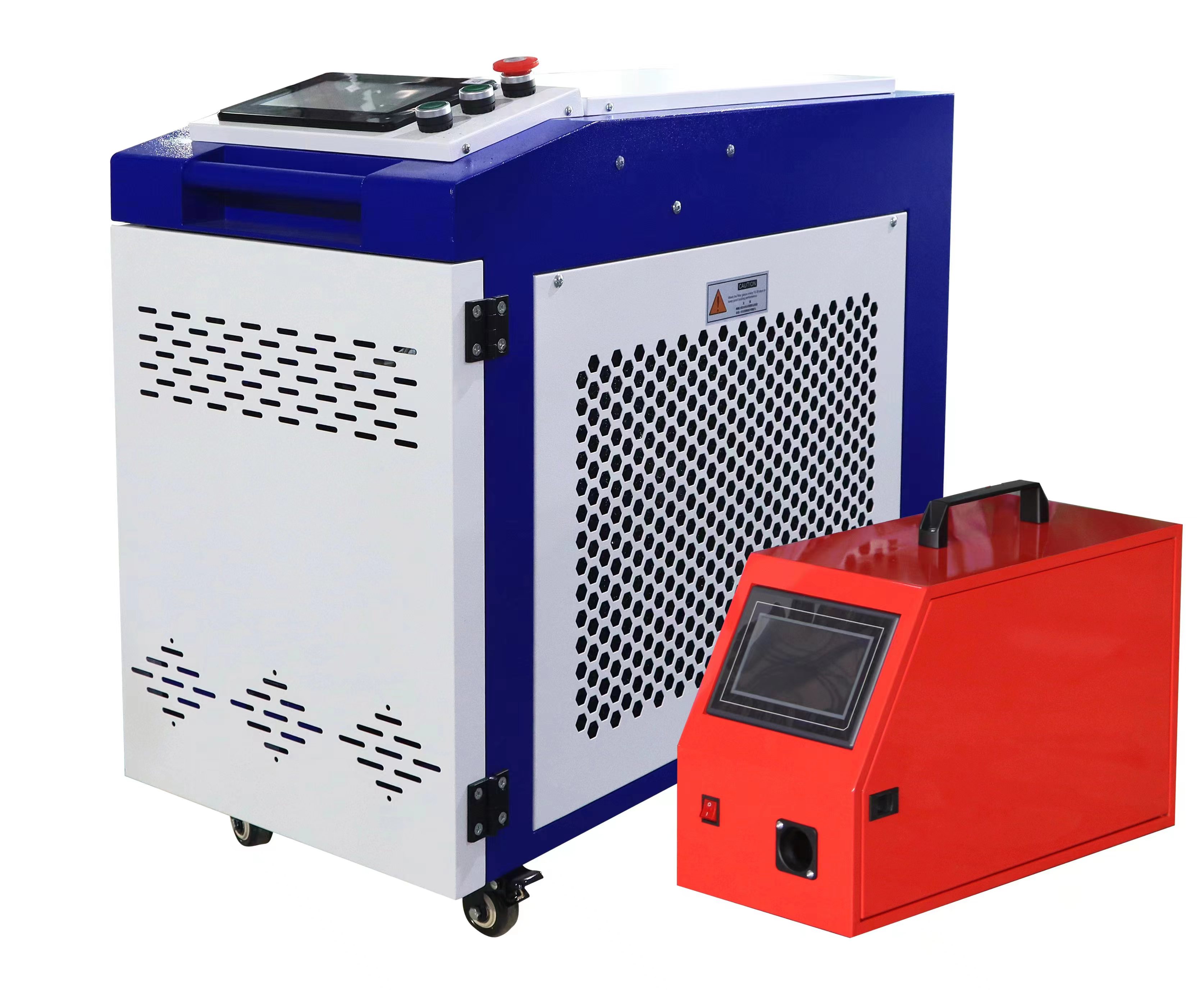
Comparing Laser Rust Removal to Traditional Methods
To determine whether laser rust removal is truly better, I’ll evaluate it against traditional methods based on key criteria: efficiency, precision, environmental impact, cost, and versatility. I’ll also share real-world examples to show how these methods perform in practice.
1. Efficiency: Speed and Ease of Use
Laser Rust Removal: Laser systems are incredibly fast for most applications. A handheld or automated laser can clean rust from a small area in seconds and large surfaces in hours, depending on the rust’s severity. The process is straightforward—point, scan, and done. In one project, I used a 500W laser machine to clean rust from a batch of steel pipes in a factory. What would’ve taken days with grinding was finished in a single afternoon, with no setup mess.
Traditional Methods:
Sandblasting: Effective but time-consuming due to setup (e.g., masking areas to protect them) and cleanup of abrasive debris. It took a team three days to sandblast a rusted ship hull I worked on, compared to a day with a laser.
Chemical Cleaning: Slow, as it requires applying chemicals, waiting for them to work, and rinsing thoroughly. I once used acid cleaning on a rusted tank, and the process took hours, plus additional time for waste disposal.
Mechanical Grinding: Labor-intensive and slow, especially for intricate parts. Grinding a complex machine component once took me half a day, with constant pauses to avoid overheating the metal.
Verdict: Laser rust removal wins for speed and ease, especially for small-to-medium projects or precision work. Traditional methods lag due to setup and cleanup demands.
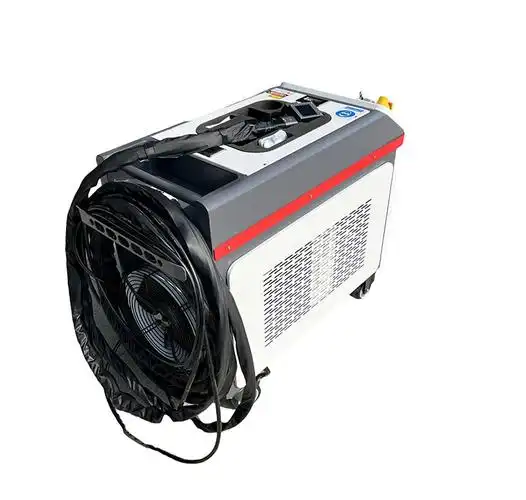
2. Precision: Protecting the Base Material
Laser Rust Removal: The standout feature of laser systems is their precision. By adjusting power and scanning speed, you can remove rust without damaging the underlying metal. This is critical for delicate or high-value items. I recall a museum project where we cleaned rust from a 19th-century iron artifact. The laser removed the rust perfectly, leaving the intricate engravings intact—a feat grinding or chemicals couldn’t achieve without risk.
Traditional Methods:
Sandblasting: Can be too aggressive, removing not just rust but also surface material, especially on thin or soft metals. I’ve seen sandblasting ruin the finish on aluminum parts.
Chemical Cleaning: While less abrasive, chemicals can etch or discolor the base material if not carefully controlled. I once had to redo a job because an acid solution left stains on a steel surface.
Mechanical Grinding: Highly likely to scratch or gouge the metal, especially if the operator isn’t skilled. I’ve seen grinders leave deep marks on steel plates, requiring costly refinishing.
Verdict: Laser rust removal is far superior for precision, making it ideal for delicate or high-value items. Traditional methods often compromise the substrate.
3. Environmental Impact: Sustainability Matters
Laser Rust Removal: One of the biggest advantages is its eco-friendliness. Lasers produce no chemical waste, minimal dust, and no consumables beyond electricity. In a project cleaning rust from old machinery, the laser process generated zero hazardous waste, a huge relief for the factory’s environmental compliance team.
Traditional Methods:
Sandblasting: Generates significant dust and abrasive waste, which can be hazardous (e.g., silica dust). Cleanup after sandblasting a bridge was a nightmare, with debris scattered everywhere.
Chemical Cleaning: Produces toxic waste liquids that require careful disposal, adding environmental and regulatory burdens. I’ve dealt with chemical runoff issues that delayed projects due to compliance checks.
Mechanical Grinding: Creates metal dust and sparks, posing health and fire risks. During one grinding job, we had to stop frequently to manage dust and ensure safety.
Verdict: Laser rust removal is the clear winner for sustainability, aligning with modern environmental standards. Traditional methods often create pollution and safety concerns.
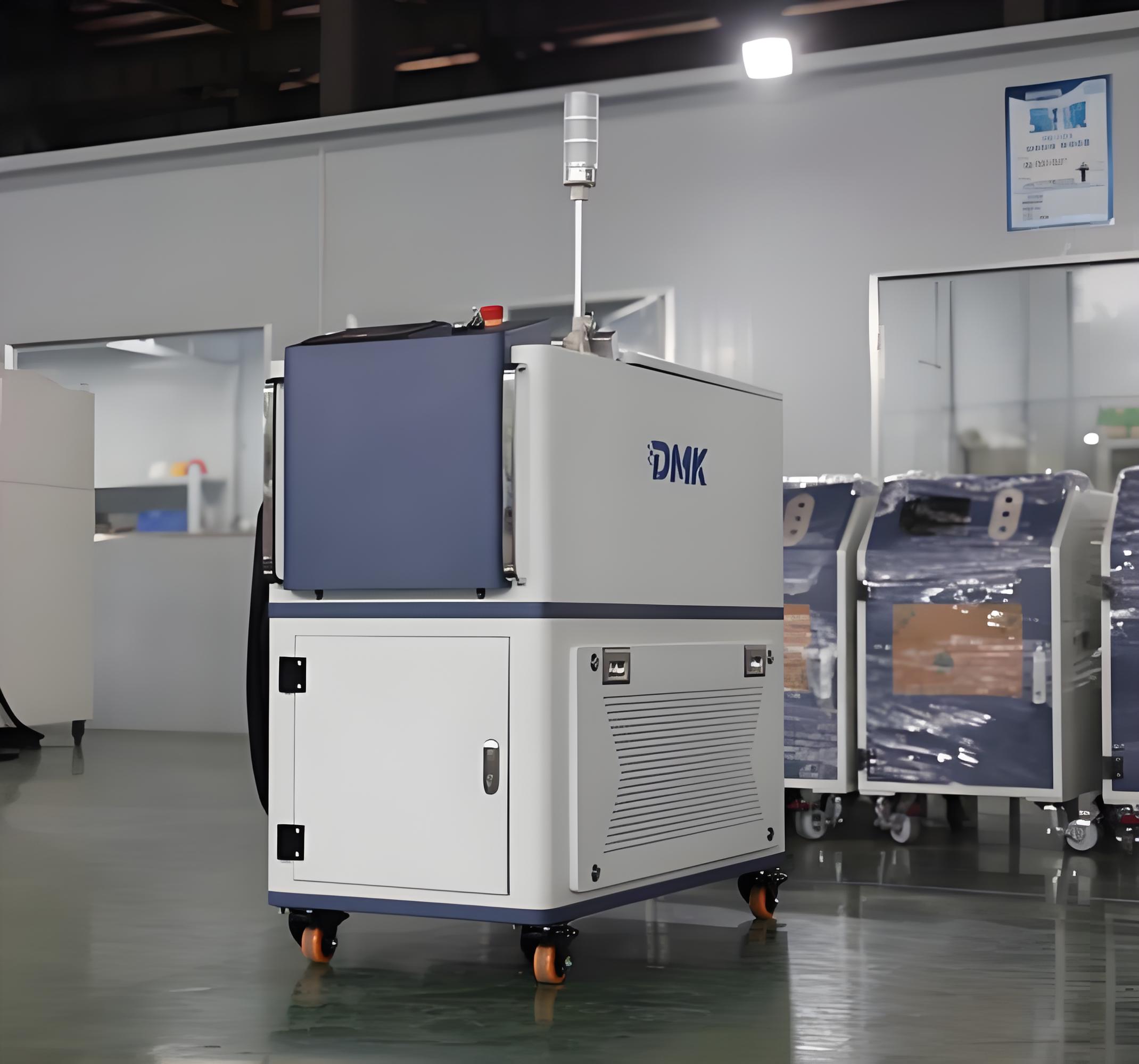
4. Cost: Upfront vs. Long-Term
Laser Rust Removal: The initial investment is high—laser machines can cost tens of thousands to hundreds of thousands of dollars, depending on power and features. However, there are no consumables, and maintenance is minimal. I advised a client to invest in a 1000W laser machine for their shipyard. While the upfront cost was steep, they saved significantly on labor and consumables within a year.
Traditional Methods:
Sandblasting: Requires ongoing costs for abrasives, protective gear, and waste disposal. A factory I worked with spent heavily on sandblasting media over time.
Chemical Cleaning: Involves recurring costs for chemicals and waste management. A chemical cleaning job I did required frequent restocking of acids, driving up expenses.
Mechanical Grinding: Low initial costs (just tools and labor), but high labor costs and potential for substrate damage increase long-term expenses. I’ve seen grinding jobs lead to costly repairs due to surface damage.
Verdict: Laser rust removal has a higher upfront cost but lower long-term expenses, making it cost-effective for frequent or large-scale use. Traditional methods are cheaper initially but costlier over time.
5. Versatility: Handling Different Rust and Surfaces
Laser Rust Removal: Highly versatile, capable of removing surface rust, deep rust, scale, and even mixed contaminants like oil or old coatings. It works on various metals, including steel, aluminum, copper, and titanium. In a restoration project for a vintage car, the laser cleaned both rust and old paint in one pass, saving hours of work.
Traditional Methods:
Sandblasting: Effective for heavy rust but struggles with delicate surfaces or mixed contaminants. It’s less suited for non-ferrous metals like aluminum.
Chemical Cleaning: Works well for specific rust types but often requires multiple chemicals for mixed contaminants, complicating the process.
Mechanical Grinding: Limited to accessible surfaces and struggles with complex geometries or thin materials. I once tried grinding rust off a curved pipe, and it was nearly impossible to reach all areas.
Verdict: Laser rust removal offers unmatched versatility across rust types and materials, while traditional methods are more limited.
Comparison Table: Laser vs. Traditional Rust Removal
To make the comparison clearer, here’s a table summarizing how laser rust removal stacks up against traditional methods based on my experience:
| Criteria | Laser Rust Removal | Sandblasting | Chemical Cleaning | Mechanical Grinding |
|---|---|---|---|---|
| Efficiency | High (seconds to hours) | Moderate (hours to days) | Low (hours, plus cleanup) | Low (labor-intensive) |
| Precision | Excellent (no substrate damage) | Poor (can damage surface) | Moderate (risk of etching) | Poor (scratches likely) |
| Environmental Impact | Minimal (no waste) | High (dust, waste) | High (toxic waste) | Moderate (dust, sparks) |
| Cost (Long-Term) | Low (no consumables) | High (abrasives, disposal) | High (chemicals, disposal) | Moderate (labor, repairs) |
| Versatility | High (various rust types, metals) | Moderate (best for heavy rust) | Moderate (specific rust types) | Low (limited surfaces) |
Note: These observations are based on typical scenarios. Specific results may vary depending on equipment, rust severity, and operator skill.
Real-World Examples: Laser vs. Traditional in Action
To illustrate the differences, here are two projects I’ve worked on that highlight how laser and traditional methods compare:
Industrial Pipeline Refurbishment
A chemical plant needed to remove heavy rust from a network of steel pipes. Initially, the team tried sandblasting, which took days and left abrasive residue everywhere, complicating cleanup. We switched to a 1000W laser rust removal machine, which cleaned the pipes in half the time with no mess. The laser also preserved the pipes’ coatings, saving on refinishing costs.
Antique Restoration
A museum tasked me with cleaning rust from a delicate iron sculpture. Chemical cleaning risked damaging the intricate details, and grinding was out of the question due to potential scratches. A 300W laser machine removed the rust precisely in under an hour, leaving the sculpture pristine. The curator was thrilled, as traditional methods would’ve taken days and risked damage.
These cases show how laser rust removal often outperforms traditional methods in speed, precision, and outcome quality.
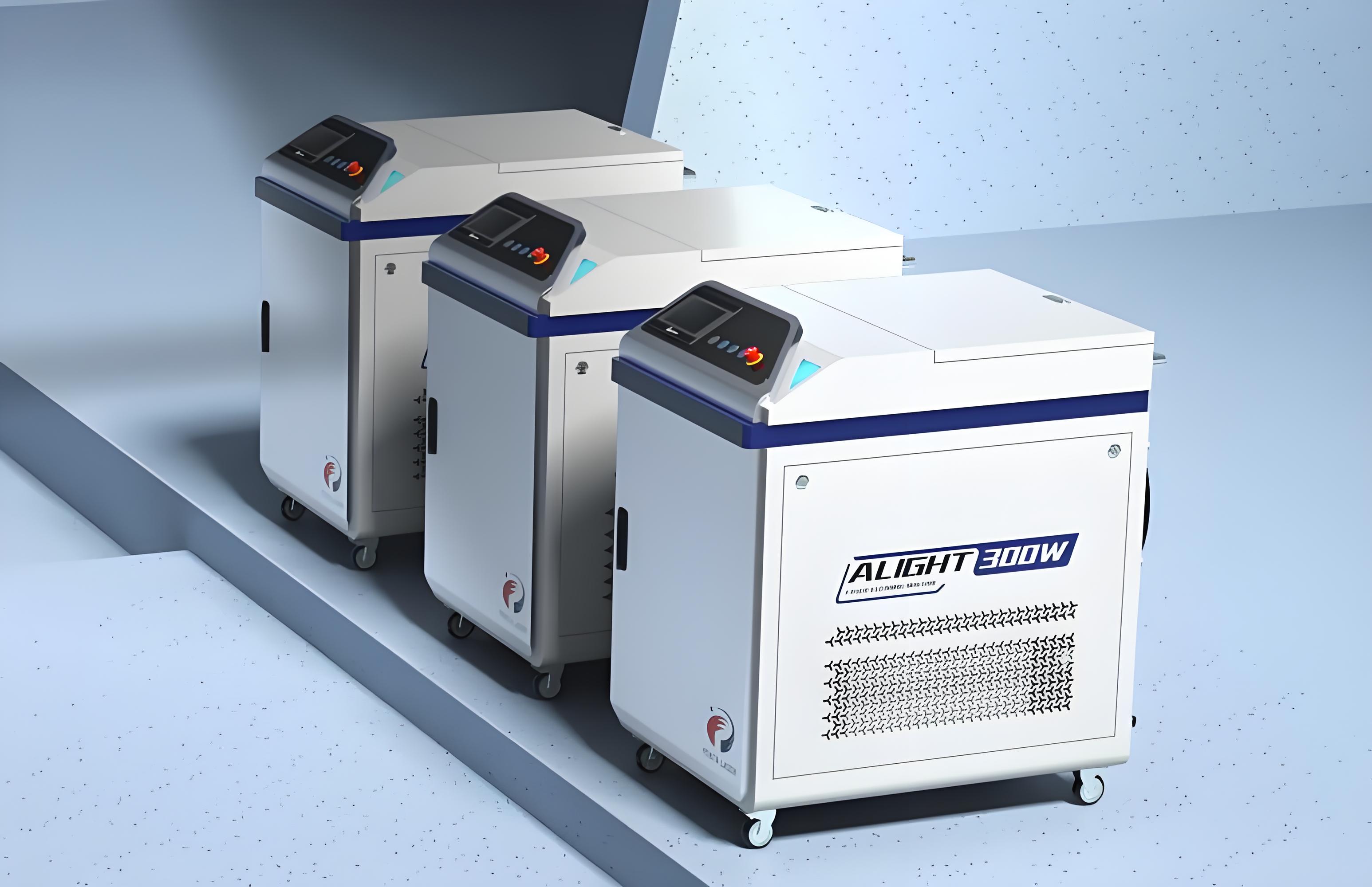
Limitations of Laser Rust Removal
While laser rust removal is impressive, it’s not perfect. Here are some scenarios where traditional methods might still have an edge:
Extremely Thick Rust Layers
For rust thicker than 5mm, lasers become less efficient, requiring multiple passes. In such cases, I’ve used grinding to remove bulk rust before finishing with a laser for precision.
Complex Geometries
Lasers struggle to reach deep recesses or highly curved surfaces. I once worked on a rusted engine block with tight crevices—sandblasting was more effective for those hard-to-reach spots.
Initial Cost Barriers
For small-scale or one-off projects, the high cost of laser equipment can be prohibitive. I’ve seen small workshops stick to grinding for budget reasons, despite its drawbacks.
Non-Metallic Surfaces
Lasers are designed for metals and may damage non-metallic materials like wood or plastic. I once advised against using a laser on a rusted metal-wood composite, as it could’ve burned the wood.
Choosing the Right Method for Your Needs
So, is laser rust removal really better? It depends on your priorities:
Choose Laser Rust Removal If: You need precision, eco-friendliness, or versatility for varied rust types and metals. It’s ideal for high-value items, frequent use, or environmentally sensitive projects.
Choose Traditional Methods If: You’re on a tight budget, dealing with extremely thick rust, or working with non-metallic surfaces where lasers aren’t suitable.
In my experience, combining methods can sometimes yield the best results. For instance, I’ve used grinding to rough-clean heavy rust, followed by laser cleaning for a polished finish.
The Future of Rust Removal: Where Lasers Are Headed
Looking ahead, laser rust removal is poised to become even more dominant. Advances like AI-driven laser systems that automatically detect rust and optimize cleaning paths are already emerging. I’ve seen prototypes that cut cleaning time by 30%. Additionally, ultrafast lasers (femtosecond or picosecond) are improving precision, opening doors for applications in aerospace and heritage conservation. As environmental regulations tighten, the eco-friendly nature of lasers will make them increasingly attractive.

Conclusion: A Modern Solution for a Timeless Problem
After years of working with both laser and traditional rust removal methods, I can confidently say that laser rust removal is often the superior choice for its speed, precision, and sustainability. It’s not perfect—thick rust or tight budgets may call for traditional methods—but for most modern applications, lasers offer unmatched benefits. Whether you’re restoring a priceless artifact or maintaining industrial equipment, laser rust removal can save time, protect your materials, and keep your workspace clean.
If you’re weighing your options or curious about specific applications, feel free to ask—I’m here to share what I’ve learned from years in the field!
Related Q&A
1. Can laser rust removal damage the metal surface?
When properly configured, laser rust removal causes minimal to no damage to the metal. Adjusting power and speed is key, and I recommend testing on a small area first.
2. Is laser rust removal cost-effective for small projects?
For one-off or small-scale jobs, the high cost of laser equipment can be a barrier. Traditional methods like grinding may be more practical unless precision is critical.
3. How does laser rust removal impact the environment compared to sandblasting?
Lasers produce no chemical waste or significant dust, making them far more eco-friendly than sandblasting, which generates abrasive debris and potential health hazards.
4. Can laser rust removal handle non-metallic surfaces?
Lasers are optimized for metals. On non-metallic surfaces like wood or plastic, they may cause damage, so traditional methods are often better.
5. How do I know if laser rust removal is right for my project?
Consider your budget, rust severity, material type, and environmental constraints. For high-precision or eco-conscious projects, lasers are usually the best choice.

